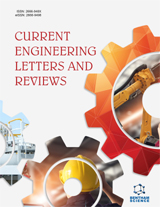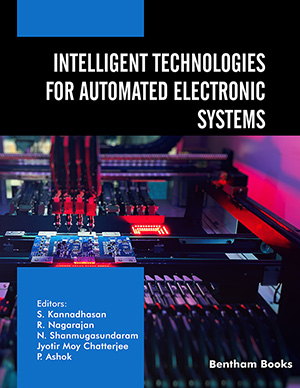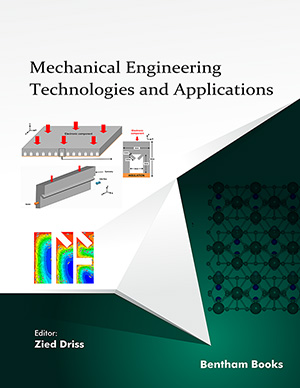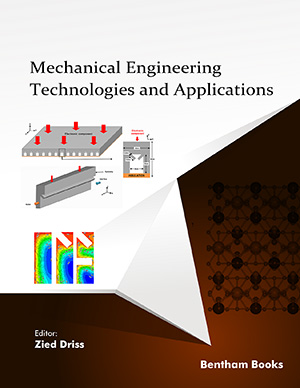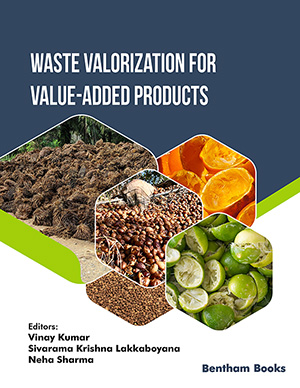Abstract
Abrasive water jet (AWJ) machining process is one of the most sought-after machining technologies for the processing of advanced hard-to-cut materials. It involves parameters, such as abrasive size, shape, density, pressure, standoff distance (SOD), abrasive concentration, feed rate, etc., which govern the quality of machining. It is very crucial to understand the influence of these parameters on the quality attributes.
Due to the complex nature of the process that involves complex process parameters, the accurate prediction of response by experimental methods is difficult. In this scenario, numerical methods are helpful in understanding the mechanisms of material removal. Thus, a comprehensive summary of these research trends is needed.
In this article, a bibliometric analysis is carried out on scientific publications pertaining to AWJ machining (AWJM) using numerical simulation tools. Citation and bibliographic coupling analyses have been carried out to identify the current research trends, the important journals, authors, institutions, and countries engaged in research on AWJM using numerical simulation.
The analysis revealed Shandong University to have the maximum number of affiliated researchers working in this area. The International Journal of Machine Tools and Manufacture was the leading journal based on CiteScore, SJR rank and SNIP ranks, and the largest volume of articles was published by this journal. The critical topics of research and international collaborative opportunities were identified through the analysis of keywords, Sankey and network diagrams.
The present article would be valuable for academia and industry, aiding them in updating their knowledge on the latest developments in AWJM.
Keywords: AWJ, CFD analysis, FEA, standoff distance, feed rate, traverse speed.
[http://dx.doi.org/10.1007/s00170-018-1635-4]
[http://dx.doi.org/10.1016/j.powtec.2016.09.089]
[http://dx.doi.org/10.1007/s00170-016-9564-6]
[http://dx.doi.org/10.1007/s40430-017-0707-y]
[http://dx.doi.org/10.1016/j.jmatprotec.2016.01.032]
[http://dx.doi.org/10.1016/j.ijmachtools.2016.09.004]
[http://dx.doi.org/10.1016/j.jmatprotec.2014.12.006]
[http://dx.doi.org/10.1007/s00170-014-6768-5]
[http://dx.doi.org/10.1016/j.ijmachtools.2015.05.001]
[http://dx.doi.org/10.1016/j.jmatprotec.2012.09.006]
[http://dx.doi.org/10.1016/j.wear.2013.03.018]
[http://dx.doi.org/10.1016/j.cam.2012.04.022]
[http://dx.doi.org/10.1016/j.cirp.2012.03.073]
[http://dx.doi.org/10.1016/j.wear.2010.12.040]
[http://dx.doi.org/10.1016/j.cirp.2011.03.118]
[http://dx.doi.org/10.3901/CJME.2010.05.568]
[http://dx.doi.org/10.1016/j.jmatprotec.2008.10.021]
[http://dx.doi.org/10.3901/CJME.2009.05.729]
[http://dx.doi.org/10.1016/j.ijimpeng.2004.09.006]
[http://dx.doi.org/10.1088/0965-0393/12/6/010]
[http://dx.doi.org/10.4028/www.scientific.net/KEM.233-236.477]
[http://dx.doi.org/10.1016/S0890-6955(01)00010-4]
[http://dx.doi.org/10.1016/S0924-0136(01)00687-2]
[http://dx.doi.org/10.1016/S0890-6955(96)00049-1]
[http://dx.doi.org/10.1016/S0263-8223(02)00097-1]
[http://dx.doi.org/10.1016/j.jmatprotec.2008.09.001]
[http://dx.doi.org/10.1177/0731684415574870]
[http://dx.doi.org/10.1080/15440478.2016.1212768]
[http://dx.doi.org/10.1080/10426914.2015.1117633]












